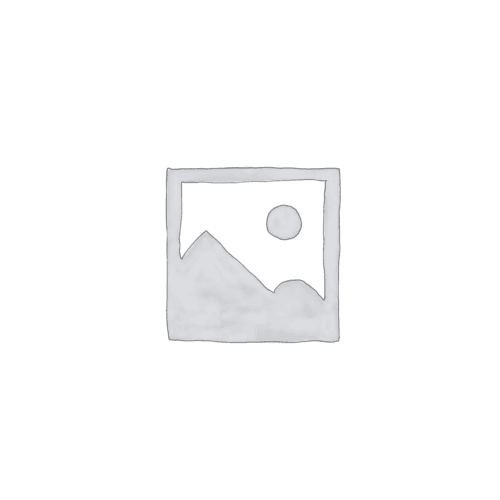Introduction: Why Knowing Your Audience is Key to Digital Marketing Success
One of the biggest reasons digital marketing campaigns fail is a lack of audience understanding. If you don’t know who your ideal customers are, your marketing messages will miss the mark, resulting in wasted time and budget.
In this guide, you’ll learn how to define, research, and reach your target audience to maximize your marketing results.
1. What is a Target Audience?
Your target audience is the specific group of people most likely to be interested in your products or services. They share common characteristics such as:
- Demographics – Age, gender, income, education, occupation
- Psychographics – Interests, values, pain points, buying behaviors
- Location – Geographic regions they live in
- Online Behavior – Where they spend time (social media, Google, email, etc.)
Understanding these factors helps you craft messages that resonate and drive action.
2. The Benefits of Defining Your Target Audience
✔ Better Marketing ROI – Less wasted ad spend on unqualified leads
✔ More Effective Messaging – Speak directly to the needs of your audience
✔ Higher Engagement Rates – Content tailored to their preferences performs better
✔ Improved Lead Quality – Attract customers more likely to buy
✔ Stronger Brand Loyalty – Personalized experiences build trust and retention
3. Step-by-Step Guide to Identifying Your Target Audience
Step 1: Analyze Your Existing Customers
Your best customers can give valuable insights into who to target. Ask yourself:
- Who are your most loyal customers?
- What problems does your product or service solve for them?
- What are their demographics and interests?
Action Tip: Use Google Analytics, Facebook Insights, and CRM data to find trends in age, location, and buying behavior.
Step 2: Research Your Competitors’ Audiences
Look at your top competitors to see who they are targeting.
- Visit their website and social media pages.
- Read customer reviews to understand pain points.
- Analyze their ad campaigns using tools like Facebook Ad Library or SEMrush.
Action Tip: Find gaps where competitors aren’t meeting customer needs—this is your opportunity.
Step 3: Create Customer Personas
A customer persona is a semi-fictional profile of your ideal customer.
Example Persona:
📝 Name: Mark, the Small Business Owner
📍 Age: 40
💼 Industry: E-commerce
💰 Income: $75,000/year
📌 Challenges: Struggles with digital marketing, lacks time to manage campaigns
🎯 Solution: Needs an agency to handle SEO and PPC ads
Action Tip: Use tools like HubSpot’s Persona Creator to build detailed personas.
Step 4: Use Surveys & Feedback
Ask current and potential customers about their preferences. Survey questions to consider:
✔ What challenges are you facing in [industry]?
✔ Where do you usually look for information about
✔ What would make you choose one provider over another?
Action Tip: Use Google Forms or Typeform to create quick surveys.
Step 5: Segment Your Audience
Not all customers are the same. Break your audience into smaller, targeted groups based on:
- Buying Behavior (first-time vs. repeat customers)
- Geographic Location (local vs. global customers)
- Engagement Level (active vs. passive users)
Action Tip: Use email marketing tools like Mailchimp or ActiveCampaign to segment lists.
4. Where to Find Your Target Audience Online
Each audience has preferred digital channels. Here’s where different groups typically hang out:
| Platform | Best For |
|---|---|
| Google Search | Users actively looking for solutions (SEO & PPC ads) |
| Facebook & Instagram | B2C businesses, lifestyle brands, visual content |
| B2B professionals, service-based businesses | |
| YouTube | How-to guides, tutorials, product demonstrations |
| TikTok | Younger demographics, short-form video content |
| Email Marketing | Personalized offers, nurturing leads |
Action Tip: Focus on 2-3 key platforms where your audience is most active.
5. Common Mistakes to Avoid
🚫 Assuming Everyone is Your Audience – Broad targeting leads to low conversions.
🚫 Ignoring Data & Analytics – Guesswork wastes money; rely on real insights.
🚫 Not Testing Different Audiences – A/B test messaging to find the most responsive segments.
🚫 Failing to Adapt – Customer behaviors change, so revisit audience research regularly.
Conclusion: Find Your Perfect Audience & Boost Your Marketing Success
Defining your target audience is a game-changer for digital marketing. With a clear understanding of who they are, where they are, and what they need, your campaigns will be more effective, engaging, and profitable.
Next Steps:
✅ Create your first customer persona today.
✅ Research where your ideal audience spends their time.
✅ Tailor your content and ads to their needs.
Need expert help with audience research? Contact Us to refine your strategy and grow your business!

